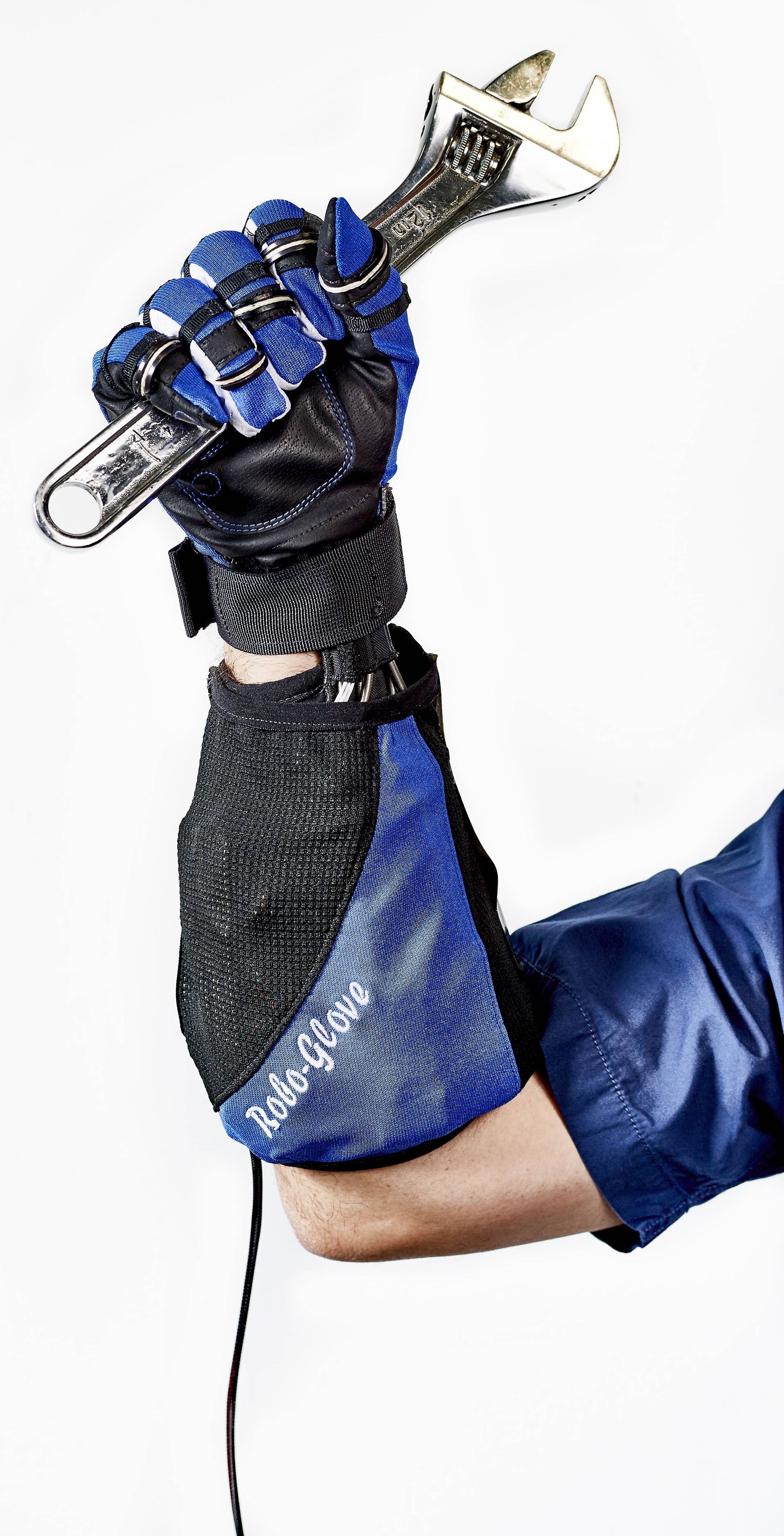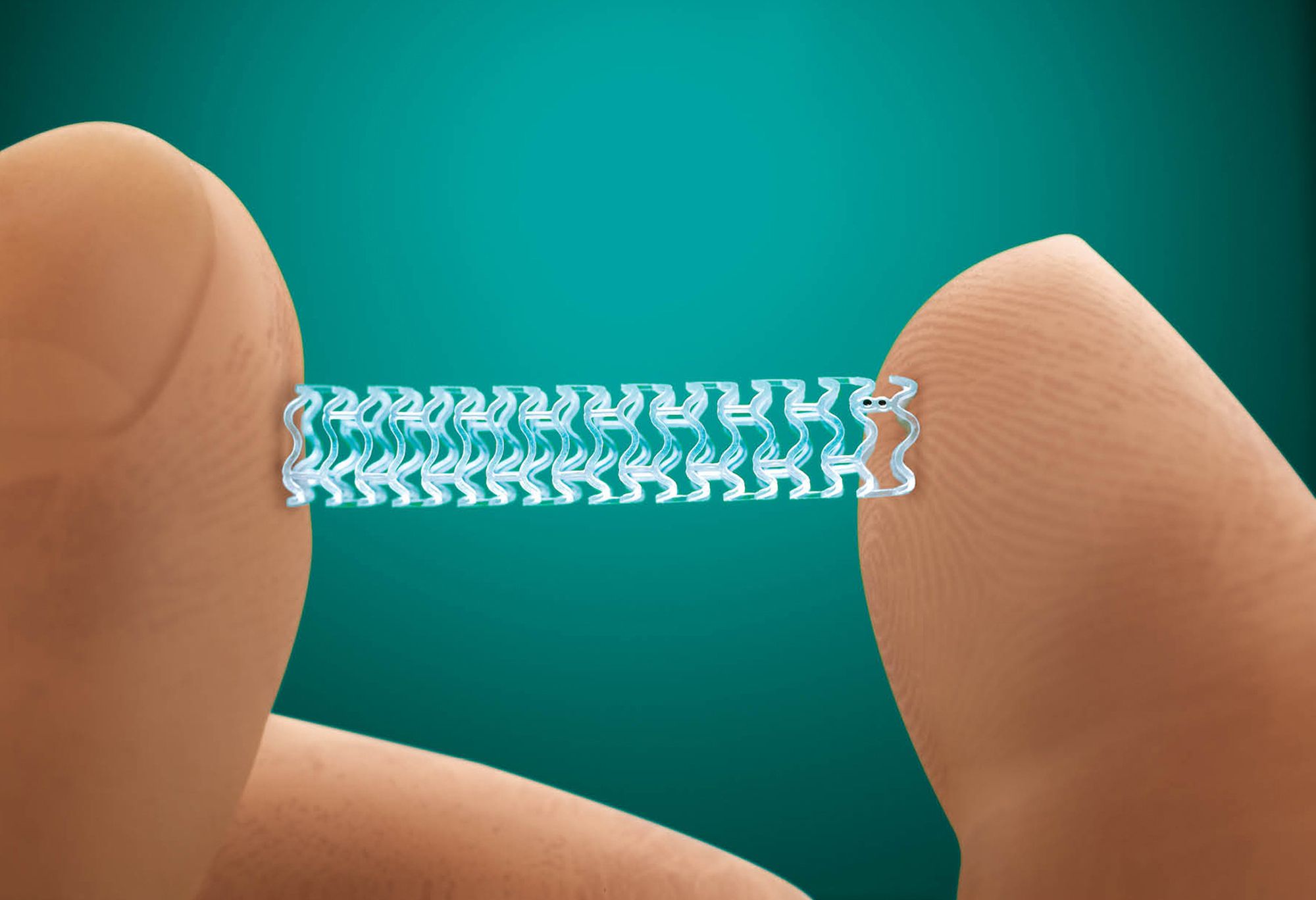New Semiconductor lasers — excellent news for Internet and medical technology.
Global stability analysis shows that new-generation semiconductor lasers may be dynamically more stable than conventional lasers despite having more degrees of freedom.
![]()
Semiconductor lasers are ubiquitous in everyday applications ranging from the Internet to medicine. Practically every laser application is affected by laser speed and stability properties. Stable operation is important for spectroscopy and optical clocks, while high-speed response is essential for optical communication schemes. When coupled to the outside world, or to one another (as in photonic integrated circuits), conventional semiconductor lasers often undergo instabilities that give rise to irregular and unpredictable oscillations in the intensity of the emitted light.1–3 These chaotic oscillations occur on a timescale of tens to hundreds of picoseconds and underpin modern laser applications, including instability-based sensing,4, 5 chaos-based secure optical communication,6 as well as ultrafast information processing,7 and random-number generation.






